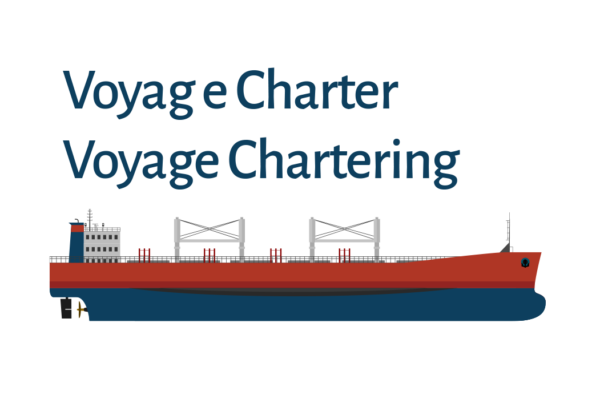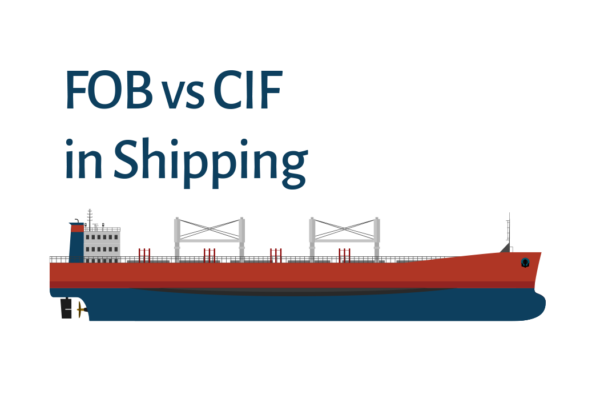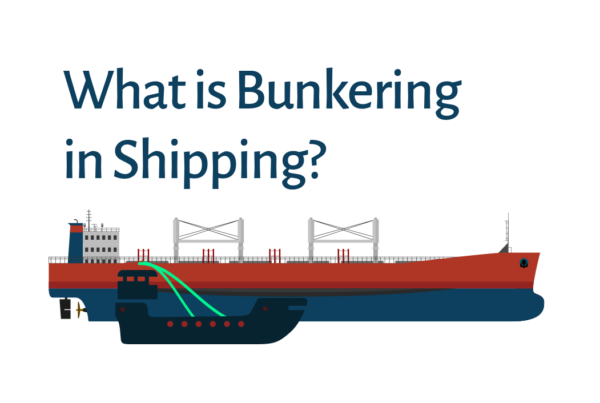A voyage charter is the most common in the dry bulk shipping segment. Simply put, it’s a contract where a shipowner rents their vessel to carry cargo from one specific port to another.
Unlike other charter parties, a voyage charter covers only one single voyage of the vessel. This is why maritime industry players call it “voyage chartering.” The contract name is a charter party, and the terms are on a voyage basis.
In other words; the shipowner delivers the vessel to a charterer at a specified loading port on an agreed date (see “Laycan” and “Cancelling date.” The shipowner pays all the costs. This includes fuel, port and canal charges, and stevedoring if needed. It also covers hold cleaning, dunnage if needed, commissions, agency fees, freight taxes, and insurance.
How Does a Voyage Charter Work?
As a charterer, when you charter a ship under a voyage charter, you pay for the ship to transport goods along a predetermined route. The cost typically depends on the amount and type of cargo, the distance between ports, and current market conditions.
Here’s what typically happens:
- Negotiation: The shipowner and the charterer agree on freight rates, loading and unloading ports, and laytime (the allowed time for loading and unloading).
- Signing the Contract: Both parties sign a charter party, clearly outlining all terms and conditions.
- Loading the Cargo: The shipowner ensures the ship arrives at the agreed port and is ready for loading.
- Voyage: The vessel sails to the agreed destination port to deliver the cargo.
- Unloading the Cargo: Upon arrival, the charterer unloads the cargo within the agreed laytime to avoid extra charges (demurrage).
Key Terms to Know
- Laytime: This is the time allowed for loading and unloading cargo. Exceeding laytime results in additional charges known as demurrage.
- Demurrage: Penalties charged if loading or unloading exceeds the agreed laytime.
- Dispatch: Compensation paid to the charterer if loading or unloading finishes earlier than scheduled.
Voyage charters are straightforward, cost-effective, and ideal for one-time cargo shipments. Understanding the basics of voyage charters helps you make informed decisions in your shipping logistics strategy.






